Surviving a Dangerous Encounter on Safari
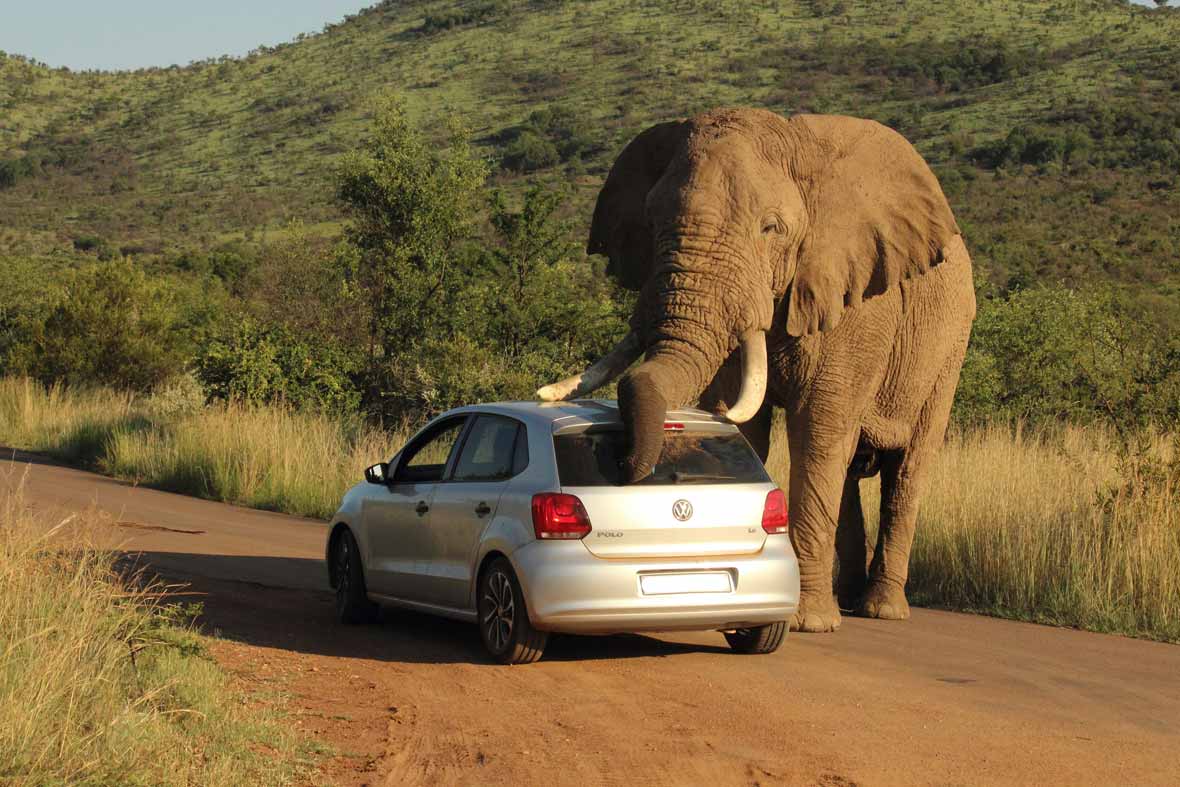 Image copyright - Armand Grobler
Image copyright - Armand GroblerThe likelihood of being attacked by a wild animal is lower than you might think. Generally and animals instinct is to flee and will only ever be on the offence if they feel threatened. Attacks can also occur if food is scarce and you (unfortunately) fit the bill and is usually an act of desperation.
With Africa being home to one of the most dangerous animals on the planet (for example, its infamous Black Mamba AKA “Fifteen-step Snake”), it’s no wonder you may be curious as to how to handle a hostile encounter. We’ve gathered some tips on surviving a dangerous encounter on safari with some of the most unpredictable animals, should you ever come across them:
Leopards
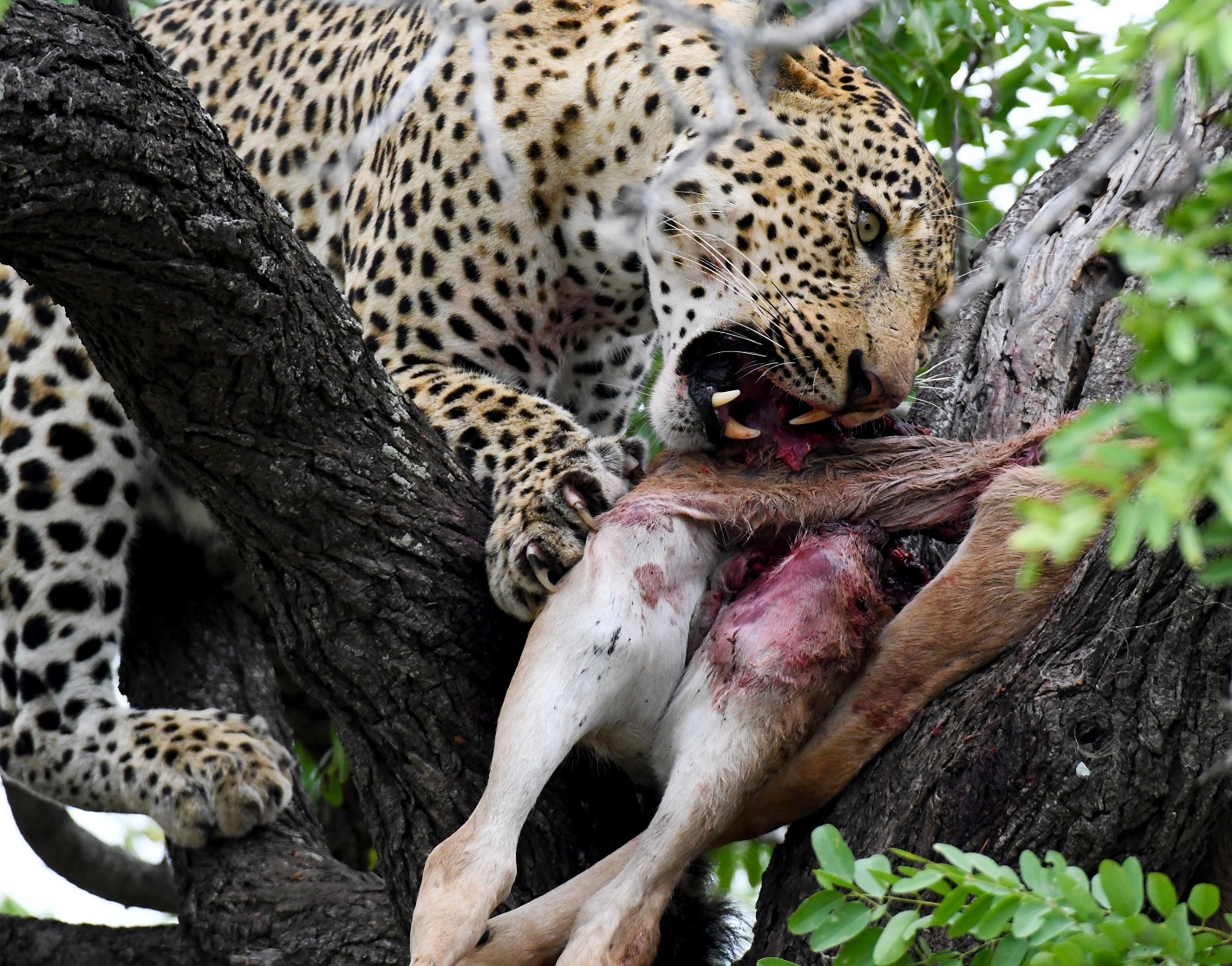 Leopard image captured by Mario Fazekas near Tamboti camp
Leopard image captured by Mario Fazekas near Tamboti campSurviving a dangerous encounter on safari with leopards. Contrary to popular belief, Leopards are least likely to attack a human, especially if it’s injured itself and won’t be able to hunt optimally. Like with most animals, the Leopard will only attack if it feels threatened, or will generally target children for ease.
i. Never approach a Leopard too closely. If you spot Cubs, stay away. The mother of the cubs is very likely to smell your presence from afar before you can even notice them in sight.
ii. Ensure you keep children safe at all times, especially at night when Leopards are most prominent
iii. In the event you are confronted by a Leopard – make loud noises by clapping your hands, shouting and wave your arms. This makes yourself appear bigger and increases your chances of them backing down and walking away.
Never EVER run away. This can kick in a chase instinct in the Leopard. When it’s safe to do so you should back away slowly. But be sure to STOP when they take a step closer to you.
Lions
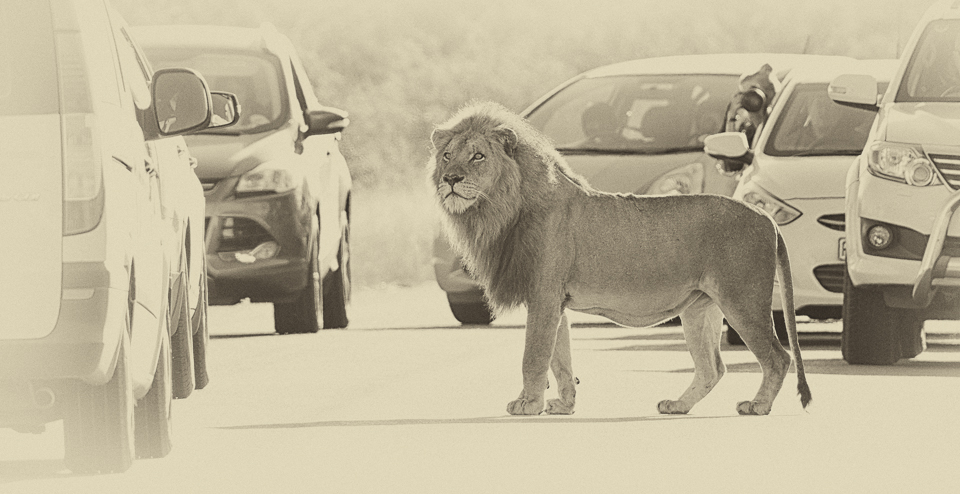 Lion image captured by Jennifer Fazekas near Crocodile Bridge Camp in the Kruger Park
Lion image captured by Jennifer Fazekas near Crocodile Bridge Camp in the Kruger ParkSurviving a dangerous encounter on safari with lions.
With increasing popularity of walking safaris – it’s made Lions perceive humans as more of a threat to their car-based counterpart.
i. Lions can reach speeds of up to 30mph so an attempt to run is futile. Lions are very used to a chase, so standing in your tracks actually increases your chances of survival.
ii. Never approach a Lioness with cubs as they will be far more protective and on the offence.
iii. As mentioned with Leopards, be especially cautious with children during the night time as this is when Lions are at their most active.
Bears
Surviving a dangerous encounter on safari with bears.
Bears are the largest land carnivore on the planet and often considered as one of the most dangerous too, particularly in the North Americas.
i. If you encounter a Bear, immediately speak in a calm and soothing voice to show a Bear that you are not a threat to them. If they’re still not walking away, try and figure out how to stand out of their way so they can pass.
ii. Keep talking calmly to a Bear as you try to pass through, leaving the same distance as that of your initial encounter.
iii. If you are being charged at – having pepper spray handy can lower the defence of the Bear giving you a chance to escape. If a Bear charges at you and you’re not armed – play dead and cover your neck with your hands. This reduces the level of threat a Bear might feel and increase your chances of survival.
iv. If you’re in a group – make as much noise as possible and do not split up – splitting up can cause the Bear to go after members of your party that are getting away.
Crocodiles
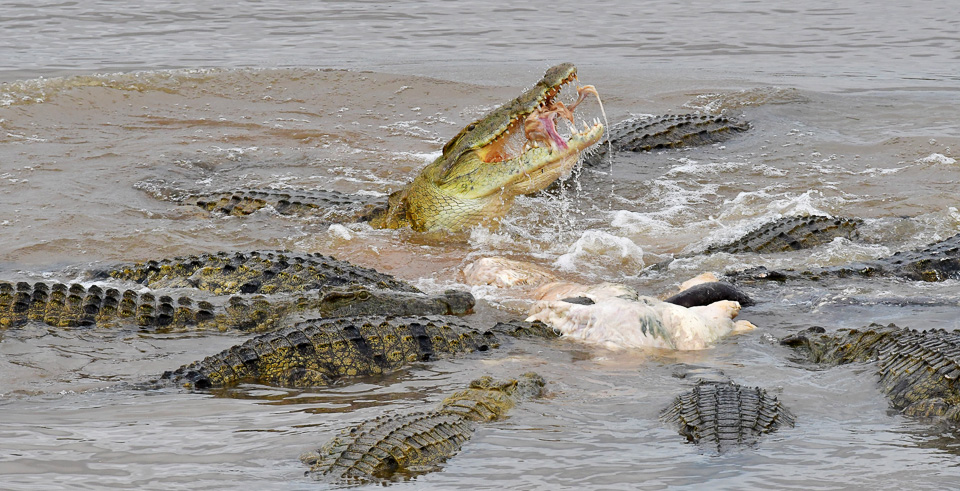 Crocodiles feeding on hippo carcass in Letaba River - captured by Mario Fazekas from the Letaba high-level bridge
Crocodiles feeding on hippo carcass in Letaba River - captured by Mario Fazekas from the Letaba high-level bridgeSurviving a dangerous encounter on safari with crocodiles.
If you’re attacked by a Crocodile there is unfortunately very little you can do. If you’re able to – gouging its eyes out is the best offence you can take, however there are several measures you can take to avoid this encounter:
i. Avoid swimming in rivers that have Crocodiles in them to begin with. Test the waters out by throwing some stones into them to draw their attention. This will allow you to spot what’s lurking beneath the surface.
ii. Avoid small alleys and inlets within the water as this is often where Crocodiles will lurk before acting on their prey
iii. Should your boat capsize at any point, remain calm and do not draw attention to yourself. Swim to shore if you end up in the water and use breaststroke underwater as quickly as you can.
Hippopatamus
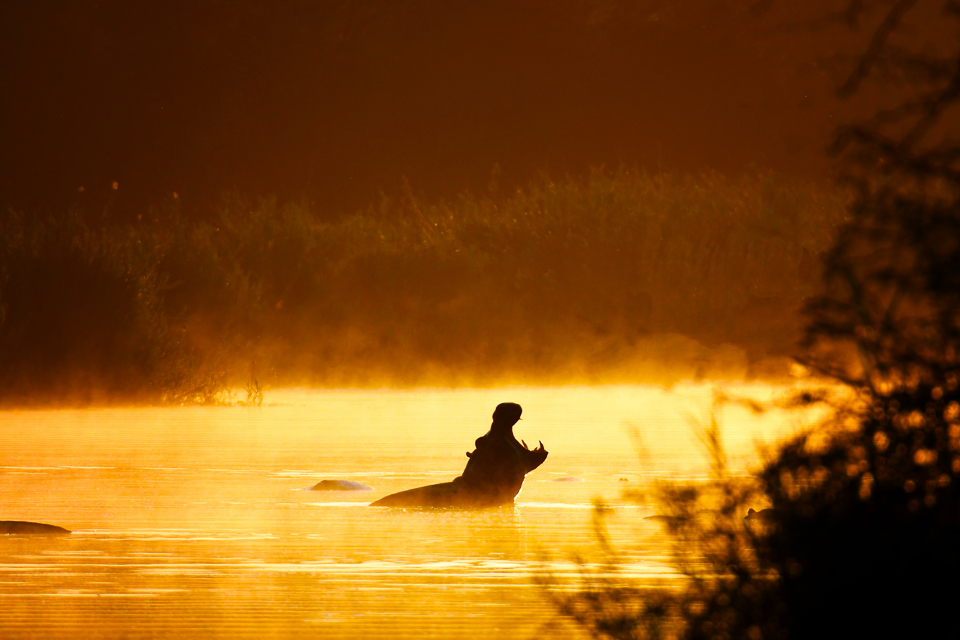 Hippo at sunrise - captured by Mario Fazekas from Lake Panic Hide near Skukuza in the Kruger Park
Hippo at sunrise - captured by Mario Fazekas from Lake Panic Hide near Skukuza in the Kruger ParkSurviving a dangerous encounter on safari with hippos.
Due to the strong bite of a
Hippo – it is considered one of the most dangerous on African land. They’ve been known to kill other predators
with a single bite – so you can only imagine the chance you’d stand upon an
attack.
i. Allow Hippos plenty of space to pass if you’re travelling in a canoe. Avoid rivers with high populations of Hippos where possible. This also goes for travelling on foot
ii. The Oxpecker lives on Hippos – so if you hear the call of an Oxpecker it’s usually a good indicator of any nearby Hippos, giving you the chance to get away as soon as possible.
iii. Don’t attempt to get past Hippos unnoticed, especially in water. Beat the side of your boat to alert Hippos of your presence. Although they’re herbivores and don’t count humans as prey, they do not like being startled.
iv. If a Hippo is definitely about to charge then climbing a tree or getting onto higher ground is the best chance of survival, because even a Hippo can outrun you, unfortunately.
Rhinoceros
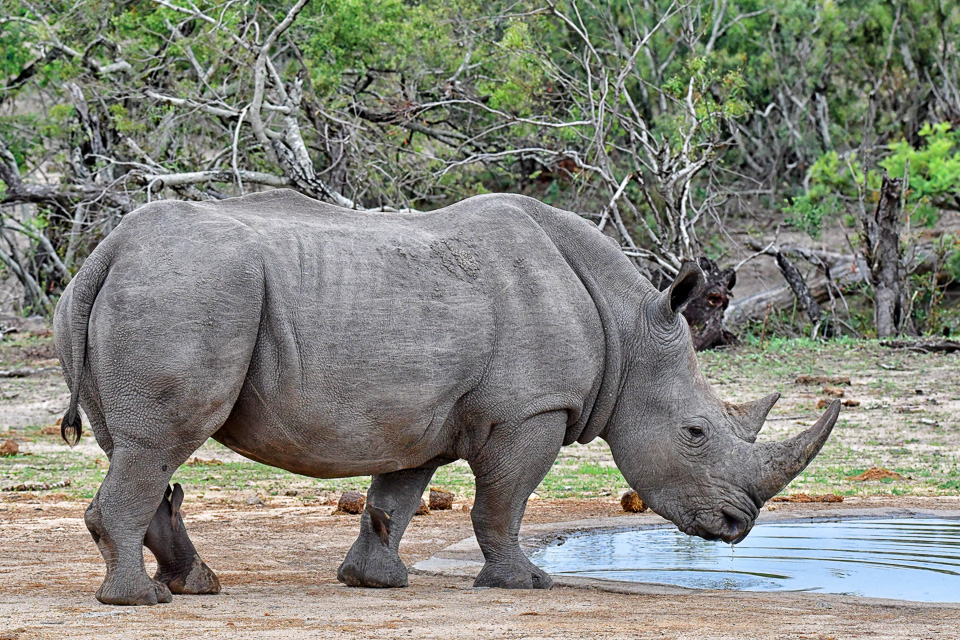 White Rhino image captured by Mario Fazekas in the Kruger Park
White Rhino image captured by Mario Fazekas in the Kruger ParkSurviving a dangerous encounter on safari with black or white rhinos.
A Rhino’s eyesight is relatively poor which gives you an advantage should they be on the offence. In your state of panic you generally have three options: run away, distract or juxtapose.
i. If you are around trees, stand where you can get the tree in between you and the Rhino, they tend to avoid large obstacles whilst running.
ii. If you’re able to climb the tree, keep at least three limbs on at all times and use the power of your legs to propel you upward.
iii. Try and run for a thick scrub bush if they’re around as a Rhino is very unlikely to follow you in to one. Whilst the thorns are not ideal, sustaining a few scratches would be far better than a fatal ending.
iv. If there are no trees or scrubs around you – stand and face the animal head on. Making loud shouting and screaming noises will make the Rhino veer away from you as they tend to with noisy targets.
v. Rhinos tend to run in the same direction once they charge – if they charge at you and you have a chance to get away, run in the opposite direction, as they have a very low chance of turning around and coming back for another attack.
Gorillas
Surviving a dangerous encounter on safari with gorillas.
A Gorilla society is very hierarchical, meaning there’s usually a dominant leader in a pack which you can use to your advantage. The silver-back in particular is one of the most aggressive of primates when encountered.
i. Incorporate Gorilla behaviour by acting like one. Remember to not make eye contact and do NOT back away. The idea behind this is being submissive to the Gorillas and making them think you’re one of them.
1. Crouch down and be smaller than the gorilla if you can.
ii. Try not to scare, scream at or hit the Gorilla. It is likely that it might grab you as a form of playful behaviour – but whatever you do, do not do anything that could cause aggravation.
iii. If the Gorilla grabs your arm, do not try to pry the fingers apart. Their grip is tighter than any human and an attempt to break free could be fatal.
1. Try to ‘groom’ its arm whilst loudly smacking your lips. The idea behind this is utilising a primate’s natural instinct as groomers. The gorilla should loosen its grip and as it does, move your grooming hand to any bits of leaf and dirt.
Sharks

Surviving a dangerous encounter on safari with sharks.
It’s no doubt that an encounter with a Shark would be truly horrifying, particularly if you’ve seen the movie Jaws. However there are a surprising number of ways you can avoid the possibility of an encounter and increase your chances of survival.
i. If you see fishing boats in the water then absolutely do not attempt to swim or get into the water. As the fish that are being caught struggle to break free they will release fluids that would signal a shark to find its way over
ii. A Shark's sense of smell is so strong that it can detect a drop of blood in several hundred million parts of water. But what some people don’t realise is that sharks can also detect urine – so try not to pee in open water. Should you be menstruating or cut yourself, get out of the water, immediately.
iii. If you’re caught – keep your head on a swivel and maintain eye contact at all times. Gradually try and swim backwards away from the shark, ensuring they’re still in your field of vision.
iv. This is no Bear – so if they charge at you then hit them with all you’ve got in the nose, mouth and gill areas. If you have something on your person that can be used as a weapon – then even better.
Snakes
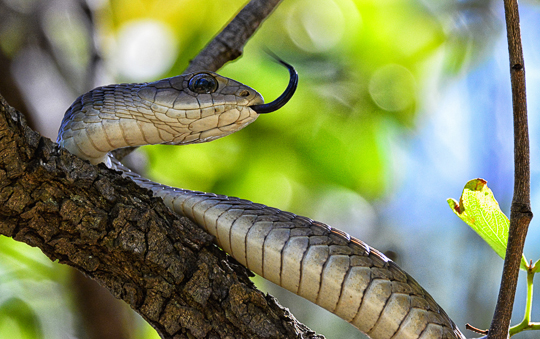 Snake image captured by Jenny Fazekas in the greater Kruger Park
Snake image captured by Jenny Fazekas in the greater Kruger ParkSurviving a dangerous encounter on safari with snakes.
Snakes The vast majority of encounters are actually non-venomous, however out in Africa you’re very likely to come across the venomous types and you certainly don’t want to be picking them up and tossing them away (unless you’re trained to).
i. Although a snake cannot hear anything, they’re able to hear vibrations. Make as much loud noise as you can to deter the Snake away.
ii. If you spot a Snake and you’re close to it. Freeze and observe its reactions. If you back away very slowly then it will not perceive you as a threat.
iii. As a very last resort you might need to kill it. The Snake is essentially a spine, so any significant damage to any part of its body will kill it. Use a large and/or heavy object and try to aim for its top half of the body – you’ll need to act swiftly whilst a Snake is ready to attack.
Elephants
Sources for elephants: SANParks, Wikihow and News24 Travel
Surviving a dangerous encounter on safari - Charging Elephants
- most charges are
"mock" (threat) charges, the elephant is pretending to charge
but is actually testing you out to see if you're aggressive or a
non-threat.
- Watch the elephant's ears. If an elephant's ears are relaxed, he is
probably making a mock charge. Ears that are fanned out are indicative of a
mock charge.
- If the elephant's ears are pinned back flat, it is likely that the charge is
real. This will often be accompanied by a trunk that is curled inward.
- Listen for warnings. You're likely to hear trumpeting of a warning from
the elephant.
- Look for displacement activities. There are some other indicators of an
elephant working out whether to charge or retreat. These include a twitching
trunk and swinging one leg to and fro. The biologist responsible for
discovering this, Dr George Schallar, realized that the more pronounced these
"displacement activities", the more likely the elephant was making a
threatening show out of fear and had no intention to really charge.
Surviving a dangerous encounter on safari - Getting Away
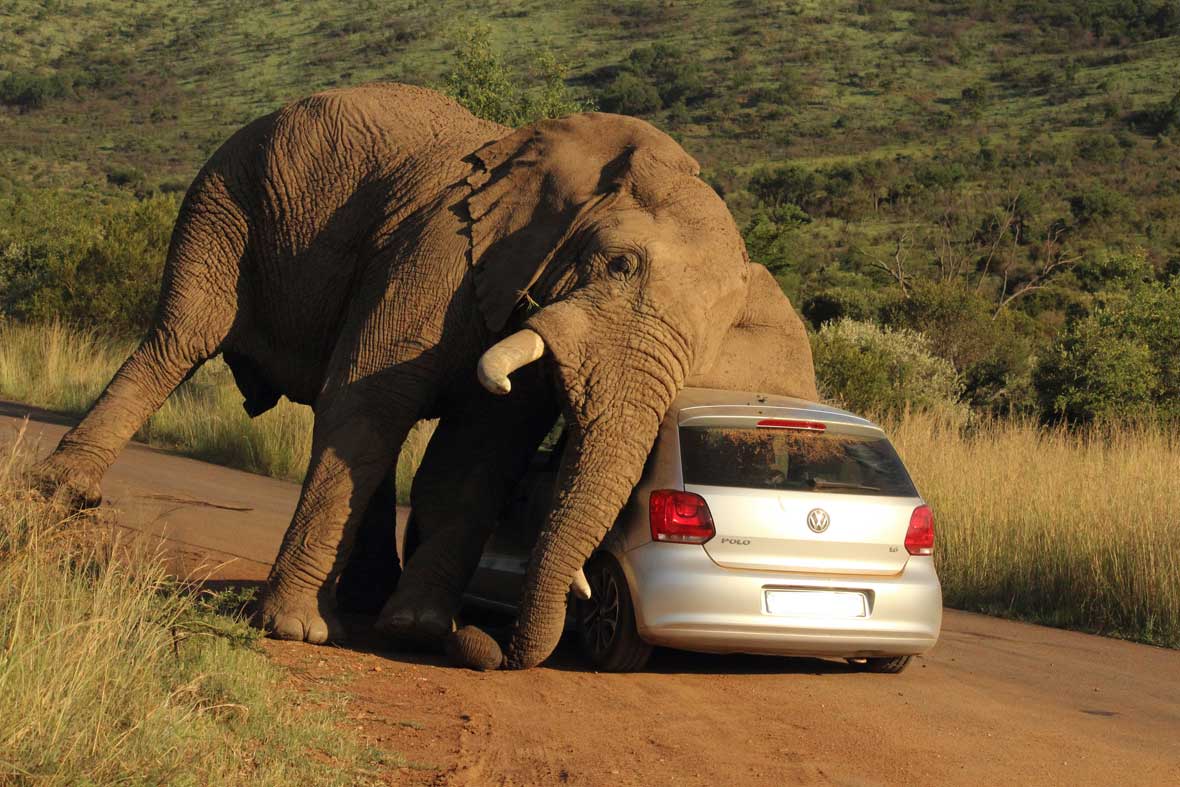 Image copyright - Armand Grobler
Image copyright - Armand Grobler(The above elephant image was captured by Armand Grobler when he was based in the Pilanesberg Game Reserve. He is now based in the Kruger National Park and owns Rhulani Safaris. You can read more about Armand's wildlife encounters, and in particular, his regular sightings of the De Laporte leopard here.)
- Always try to stay downwind of the elephant. This
way, the elephant will find it difficult to smell you and seek you out
(elephants have a keen sense of smell). If you can hide downwind, you might be
able to avoid any further encounter. If you do run, stay downwind to make
following you more difficult.
- If the elephant appears to be making a mock charge, you have the option
of standing still. The problem with this is that it is very hard to do when an
elephant is bearing down on you. It does show the elephant that you're
non-threatening and it removes the desire to chase you. However, you'll need to
judge the suitability of this move by the size and aggressiveness of the
elephant before you.
- Be noisy. It might be possible to shoo off the elephant by making loud noise
if there is some distance between you and the charging elephant. Some think
that this a very good option if you're inside a vehicle. On the other
hand, if you're on foot trying to dodge the elephant when it's very close to
you, others think that staying quiet is probably a much better option.
- You can also shake trees, rattle bags, make noise using whatever objects are
to hand. A loudly and repetitively shouted "No" is good if you can't
think of anything else.
- Do not show your back to the elephant. Do not turn or run! Running encourages
chasing.
- Look for something to keep between you and the charging elephant. Do a
quick look around you to see if you can duck behind something larger than you
or something that can act as a shield.
- If there is a vehicle and you can manoeuvre it quickly enough, drive off. Be
warned though, if the elephant is already close to the vehicle, it may charge the
vehicle and you risk being tipped over and pounded.
- If you must run, try to do it in a way that deceives the elephant. A charging
elephant can run much faster than you but if you zig-zag, you might be able to
confuse it. Elephants find it difficult to change directions due to their bulky
size. And, of course, run as fast as you can––your life depends on it.
- If you do run, the intent should be to place as much distance between
yourself and the elephant. Elephants that are scared, upset or angered can run
up to 35-40kph
- Climb. Elephants can't climb, obviously. And provided you find a sturdy
enough tree of good height, it might be enough to put space between you and the
marauding elephant.
- Keep in mind that the elephant might rip the tree down, so be on the lookout
for signs that it might try this next.
- Be warned! It might not be wise to jump into water. Apart from the fact that
the water might harbour other non-friendly wildlife, elephants are surprisingly
good swimmers and it may decide to simply follow you.
- Hop into a ditch. In some cases, people have evaded a charging elephant by
dropping into a large ditch and staying low. Be warned that if the ditch isn't
wide or deep enough, the elephant may find its way around and start going for
you with its trunk. (Daryl Balfour was charged by Tshokwane, one of the Kruger's Big Tuskers, and he fell into a shallow depression, which saved his life!)
Bio

Wim van den Heever is a professional wildlife photographer based in South Africa and owner of Tusk Photo, who has had an ever growing interest in image-making and nature since a young age.
His work is internationally published in the likes of BBC Wildlife and National Geographic. His ranges of safari tours are designed to show the beauty of African landscapes at their finest.
Return from Surviving a Dangerous Encounter on Safari to Dangerous Safari Animals
To make a safari rental booking in South Africa, Botswana or Namibia click here
"It's 768 pages of the most amazing information. It consists of, well, everything really. Photography info...area info...hidden roads..special places....what they have seen almost road by road. Where to stay just outside the Park...camp information. It takes quite a lot to impress me but I really feel that this book, which was 7 years in the making, is exceptional." - Janey Coetzee, founder of CAROK (Camps and Roads of Kruger) South Africa
"Having a passion for the region itself and having to know about all dynamics, water holes and ideal roads for a period of 6 years - I wish I had this guide on my first trip already!" - Morkel Erasmus, Secunda, South Africa
"Mario and Jenny take you to places that are not always visited, and their descriptions of the more remote camps will allow you to make an informed decision without wasting time and money" - Bob & Sherry Shepardson, DeBary, Florida, USA
"Your time and money are valuable and the information in this book will help you save both." - Don Stilton, Florida, USA
"I highly recommend the book to anyone visiting Etosha National Park to photograph the animals - or anyone considering an African photography safari in the future." - Anne Darling, Cognac, France
"As a photographer and someone who has visited and taken photographs in the Pilanesberg National Park, I can safely say that with the knowledge gained from this eBook, your experiences and photographs will be much more memorable." - Alastair Stewart, BC, Canada
"This work is so much more than an eBook, because it is also a guide, a tutorial, an inspiration and a must-have for anyone interested in wildlife photography" - Findtripinfo.com, USA
Photo Safaris on a Private Vehicle - just You, the guide & the animals!
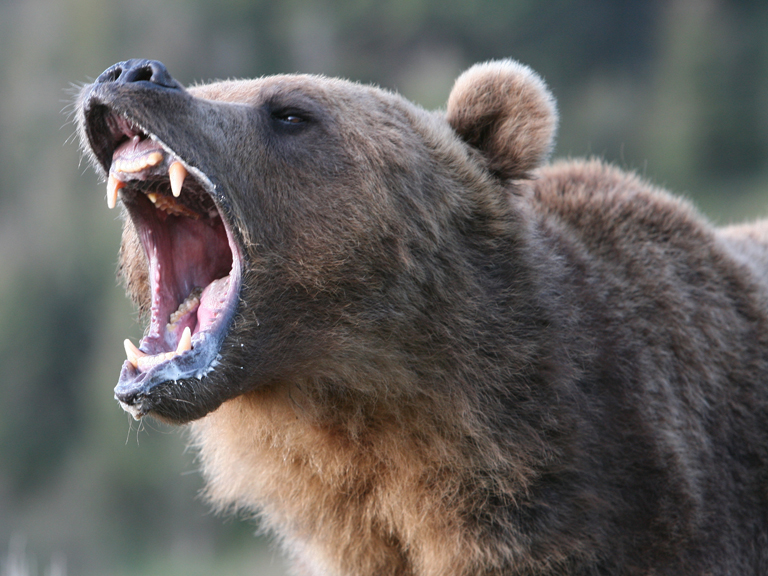
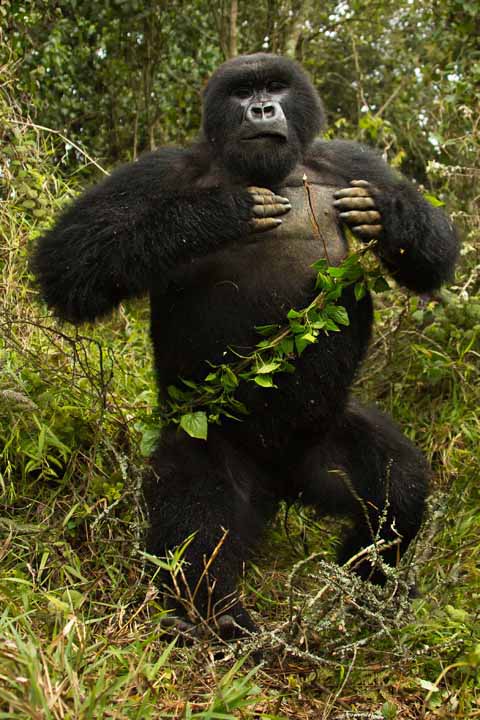
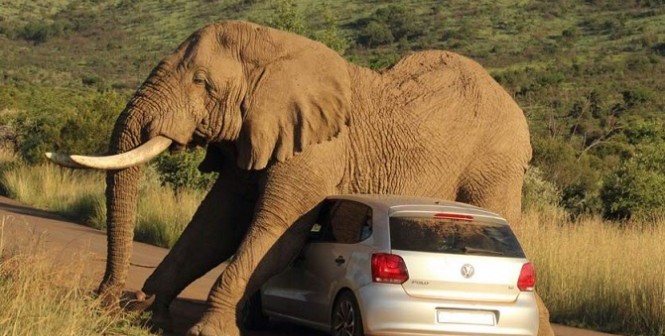









New! Comments
Have your say about what you just read! Please leave us a comment in the box below.